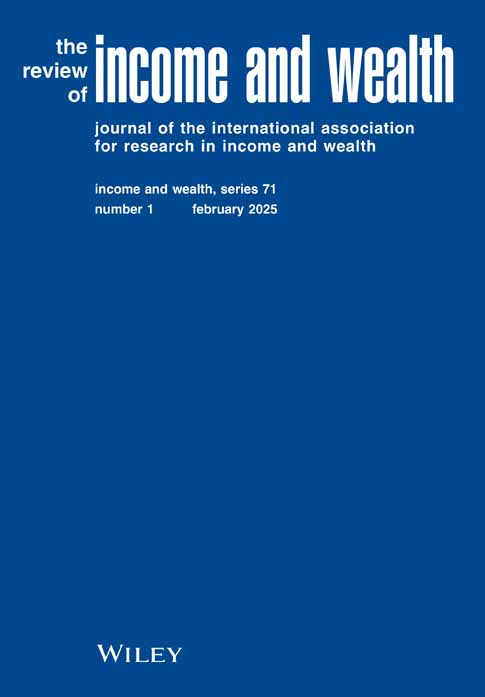Individual Wealth Inequality: Measurement and Evidence from Low- and Middle-Income Countries
This paper was presented at the IARIW-Tanzania National Bureau of Statistics conference “Measuring Income, Wealth and Well-being in Africa” November 11–13, 2022 in Arusha, Tanzania. Lars Osberg and Hai-Anh H. Dang acted as guest editors of the conference papers submitted for publication in the ROIW.
The research was funded by the World Bank Living Standards Measurement Study—Plus (LSMS+) program, with grants from the Umbrella Facility for Gender Equality Trust Fund, the World Bank Trust Fund for Statistical Capacity Building, and the International Fund for Agricultural Development (IFAD). The authors are grateful for the ongoing support from the survey teams and national statistical offices of Malawi, Ethiopia, Tanzania and Cambodia in implementing these national surveys. The authors would also like to thank Lars Osberg and two anonymous referees for their valuable feedback on the paper, along with seminar participants at the 2022 IARIW-TNBS Conference on Conference on Income, Wealth and Well-being in Africa. We are also grateful to Cheryl Doss, Agnes Quisumbing and Abhay Narayan for their comments, as well as seminar participants at Cornell University, participants in the 2021 Northwestern-IPA Methods and Measurement Conference, 2021 International Association for Feminist Economics Conference, and the 2021 International Conference of Agricultural Economists.
Abstract
Wealth accumulation is critical for advancing women's and men's economic opportunities, and yet is understudied in developing countries. Leveraging new, nationally-representative, cross-country comparable surveys where men and women self-reported on their personal asset ownership, we show that individual-level wealth inequality is significantly higher vis-à-vis comparators based on per capita household consumption expenditure, and per capita household wealth. Intra-household wealth inequality explains about 12–30 percent of overall wealth inequality, depending on the country context. The analysis further demonstrates how survey design choices, in particular respondent selection, matter for individual wealth inequality estimates.




